Articles > Geography
Trying the top The Largest Cities In South Carolina cities on US State Largest Cities – Choose State & Number? Here are the top 10 to get you started.
1. Charleston, SC (Population: 155,369)

Charleston, South Carolina’s oldest and largest city, is renowned for its historic charm, coastal beauty, and cultural significance. Founded in 1670, Charleston preserves much of its colonial and antebellum heritage through cobblestone streets, pastel-colored homes, and landmarks like Rainbow Row and The Battery. The city played pivotal roles in both the American Revolution and the Civil War, with Fort Sumter serving as the site of the conflict’s first shots. Today, Charleston is a thriving tourist destination known for its award-winning restaurants, art galleries, and music festivals. Its economy is supported by tourism, healthcare, education, and the Port of Charleston, one of the busiest in the U.S. Residents enjoy access to nearby beaches such as Folly Beach and Isle of Palms. Charleston blends Southern tradition with modern growth, making it one of the nation’s most beloved cities.
Interesting Fact: Charleston has consistently been ranked as one of the top travel destinations in the U.S. by Condé Nast Traveler and Travel + Leisure.
2. Columbia, SC (Population: 142,416)
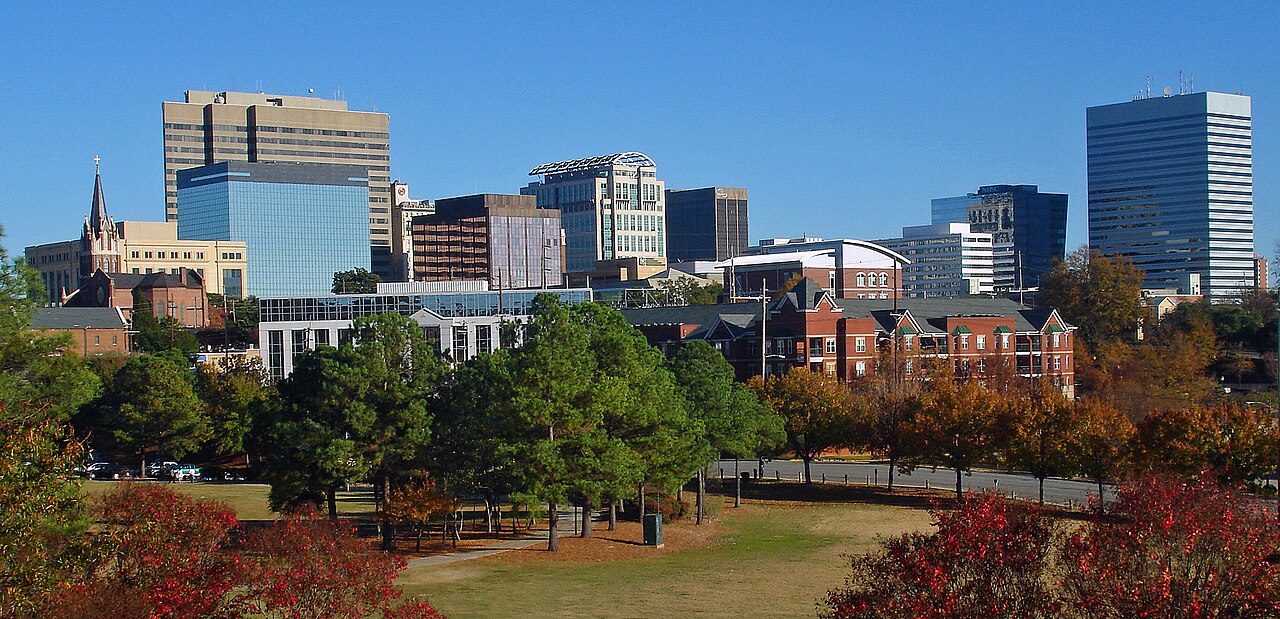
Columbia, the capital of South Carolina, sits at the confluence of the Saluda and Broad Rivers, forming the Congaree River. Founded in 1786, Columbia was one of the first planned cities in America. Today, it thrives as a hub for government, education, and military presence, with Fort Jackson serving as the largest U.S. Army training base. The University of South Carolina contributes a strong academic and cultural presence, with Williams-Brice Stadium drawing large crowds for football games. Columbia also invests in the arts, with the Columbia Museum of Art and the Koger Center for the Arts offering performances and exhibits. Outdoor recreation abounds at nearby Congaree National Park, home to one of the largest intact old-growth bottomland hardwood forests in the U.S. Columbia continues to balance its historical significance with modern development.
Interesting Fact: Columbia was the first city in the U.S. named after Christopher Columbus.
3. North Charleston, SC (Population: 121,469)
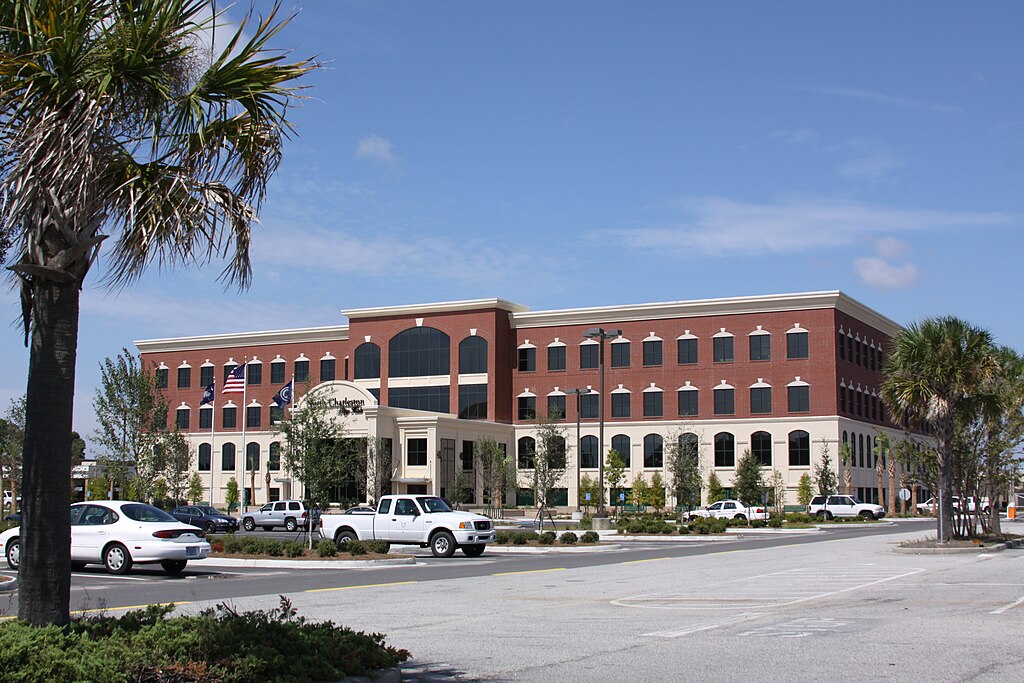
North Charleston, part of the Charleston metropolitan area, has grown into South Carolina’s third-largest city and a major economic driver for the state. Once heavily industrial, the city has transformed with the presence of Boeing’s aircraft assembly plant and a strong logistics sector tied to the Port of Charleston. North Charleston is also home to Joint Base Charleston, a key military installation that contributes to the local economy and community. Cultural life thrives at the North Charleston Coliseum and Performing Arts Center, hosting concerts, sports, and entertainment. The city invests in parks, neighborhoods, and community programs that support its diverse population. With strong industries, cultural venues, and revitalization projects, North Charleston is both an economic engine and a growing residential hub.
Interesting Fact: Boeing opened its only commercial airplane assembly plant outside Washington state in North Charleston in 2011.
4. Mount Pleasant, SC (Population: 95,232)
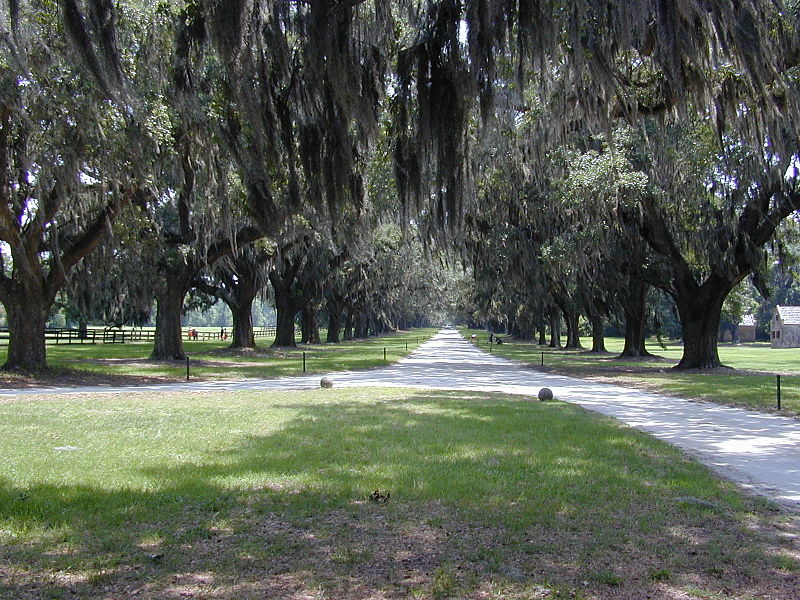
Mount Pleasant, located just across the Cooper River from Charleston, has grown rapidly into one of South Carolina’s largest and most affluent communities. Known for its suburban charm, historic plantations, and coastal scenery, Mount Pleasant offers a high quality of life. The iconic Arthur Ravenel Jr. Bridge connects the town to Charleston and has become a landmark for the region. Mount Pleasant’s economy includes retail, tourism, and professional services, while its schools and parks make it popular with families. The town celebrates its maritime heritage through attractions like Patriots Point Naval & Maritime Museum, home to the USS Yorktown aircraft carrier. With easy access to beaches and Charleston’s cultural life, Mount Pleasant has become a sought-after place to live and visit.
Interesting Fact: Mount Pleasant hosts the annual Blessing of the Fleet and Seafood Festival, celebrating its fishing traditions.
5. Rock Hill, SC (Population: 75,654)
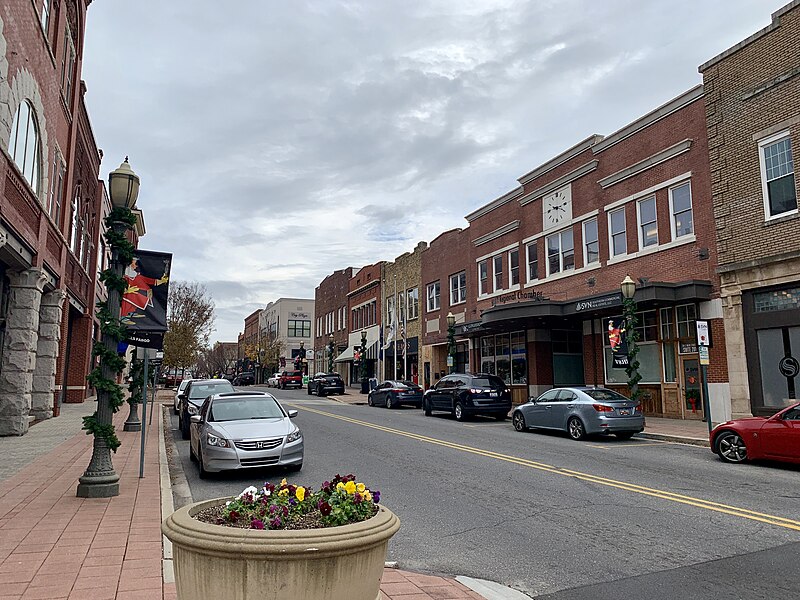
Rock Hill, located in northern South Carolina near the North Carolina border, is part of the Charlotte metropolitan region. Historically a textile center, Rock Hill has shifted toward education, technology, and business development. Winthrop University anchors the city’s cultural and academic life, hosting performances, lectures, and sporting events. Rock Hill has also gained recognition as a sports tourism destination, with facilities for cycling, soccer, and baseball attracting regional tournaments. The revitalized downtown area features shops, restaurants, and public art, while the Catawba River offers outdoor recreation through kayaking and trails. The city embraces its history with museums and historic districts, while continuing to grow as a modern suburban hub.
Interesting Fact: Rock Hill was the first city in South Carolina to establish a public library, opening in 1884.
6. Greenville, SC (Population: 72,824)

Greenville, located in the foothills of the Blue Ridge Mountains, has emerged as one of South Carolina’s most dynamic and fast-growing cities. Once reliant on textile manufacturing, Greenville has reinvented itself as a hub for advanced manufacturing, technology, and healthcare. Major employers include BMW, Michelin, and Fluor. The city’s downtown is nationally recognized for its revitalization, anchored by Falls Park on the Reedy, where a suspension bridge overlooks waterfalls and gardens. Greenville is also known for its vibrant arts scene, with the Peace Center for Performing Arts and Artisphere festival highlighting its creative energy. Outdoor activities abound, with nearby mountains, lakes, and trails offering endless adventure. Greenville’s combination of economic strength, cultural vitality, and scenic beauty has made it one of the Southeast’s rising stars.
Interesting Fact: Greenville’s BMW plant is the company’s largest production facility worldwide.
7. Summerville, SC (Population: 51,884)
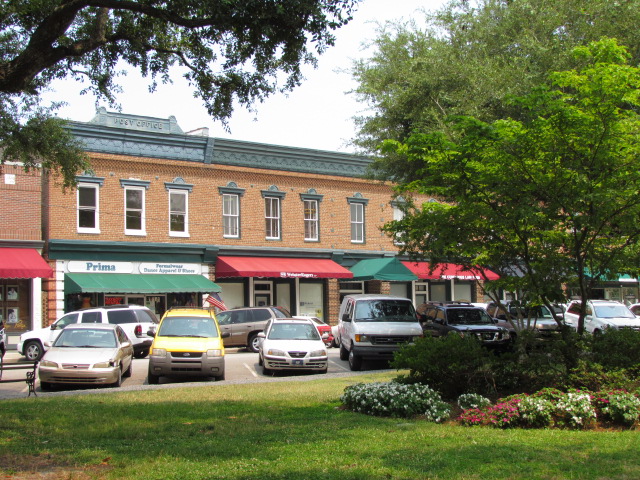
Summerville, often called the “Flower Town in the Pines,” is known for its beautiful gardens and historic charm. Located just northwest of Charleston, it has grown rapidly as part of the metropolitan region. Summerville’s identity is closely tied to its azaleas, celebrated each spring during the Flowertown Festival, one of the largest arts and crafts festivals in the Southeast. The town also claims to be the birthplace of sweet tea, adding to its Southern cultural appeal. Historic homes, shaded streets, and a walkable downtown give Summerville a unique character. Its economy is supported by retail, healthcare, and proximity to Charleston’s job market. With excellent schools and a strong sense of community, Summerville remains one of South Carolina’s most desirable places to live.
Interesting Fact: Summerville passed one of the nation’s first tree protection ordinances in 1847, preserving its natural beauty.
8. Goose Creek, SC (Population: 49,249)
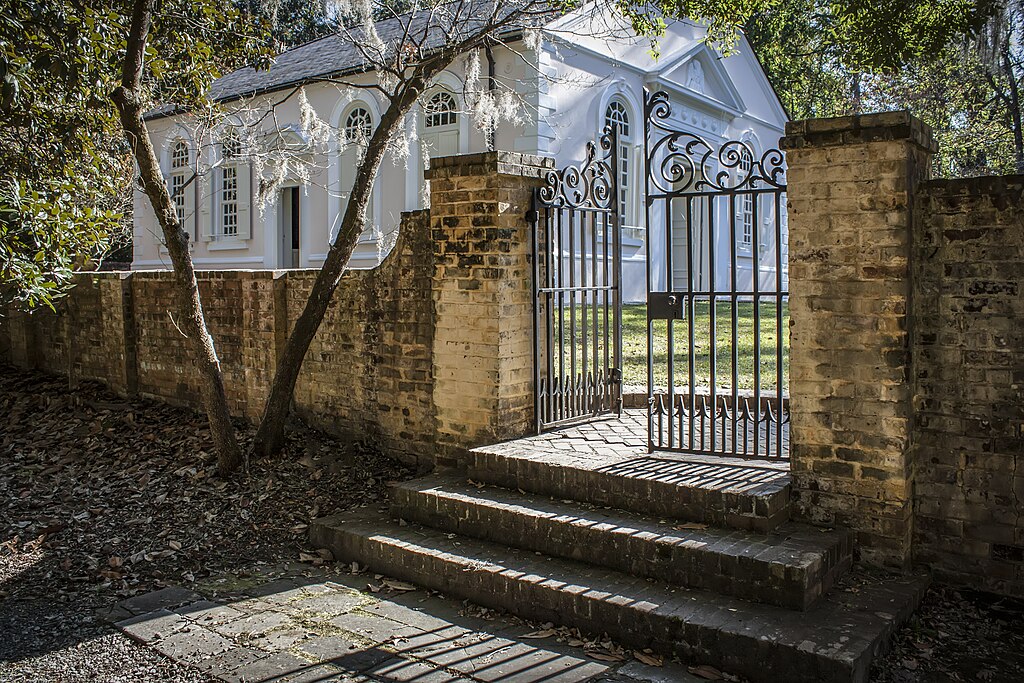
Goose Creek, located in Berkeley County, is part of the Charleston metropolitan area and has grown rapidly in recent decades. The city’s history dates back to colonial times, but today it is known for its strong military presence, with the Naval Weapons Station Charleston and parts of Joint Base Charleston located nearby. Goose Creek offers suburban living with convenient access to Charleston’s cultural and economic opportunities. The city emphasizes parks, recreation, and family-friendly amenities, making it popular with young families and professionals. Goose Creek continues to attract businesses and residents, balancing growth with a commitment to community values.
Interesting Fact: Goose Creek’s name is believed to come from the flocks of geese that once populated its rivers and wetlands.
9. Greer, SC (Population: 44,387)
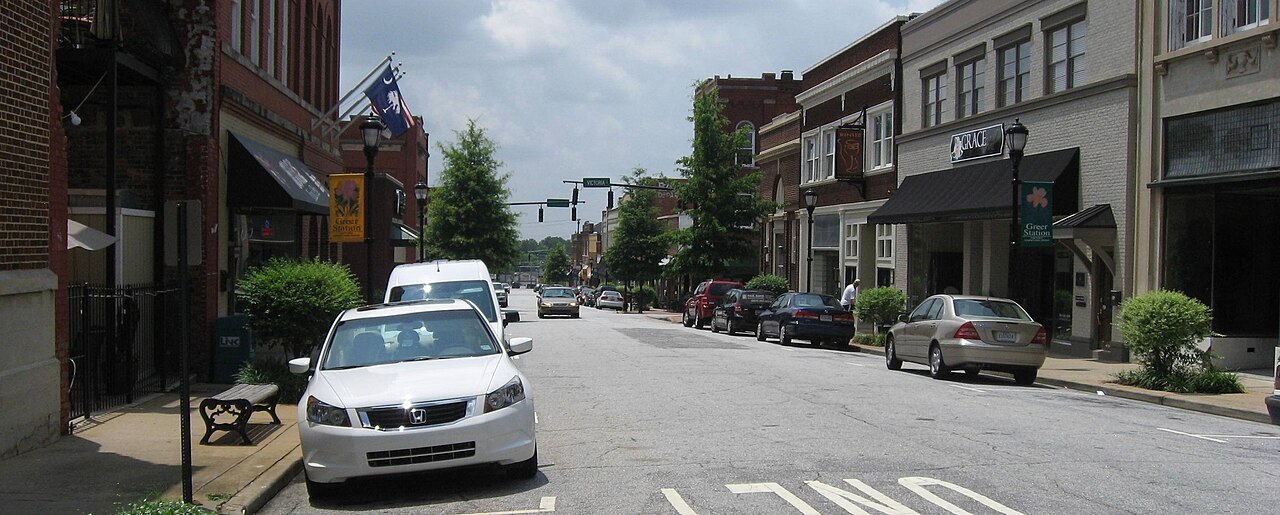
Greer, located between Greenville and Spartanburg, is a rapidly growing city with a strong industrial and residential base. Its downtown has been revitalized with new shops, restaurants, and cultural spaces, while still retaining historic architecture. Greer is best known for housing BMW’s North American manufacturing plant, which has fueled economic growth and global recognition. The city also emphasizes community life with parks, recreation programs, and events like Greer Family Fest. Greer’s location in the Upstate region provides easy access to mountains, lakes, and major highways. With its mix of industry, suburban living, and small-town charm, Greer continues to rise as an important part of South Carolina’s economy.
Interesting Fact: BMW’s plant in Greer produces more than 1,500 vehicles per day and exports to over 120 countries.
10. Sumter, SC (Population: 42,766)
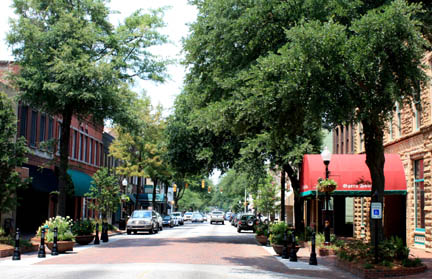
Sumter, located in central South Carolina, has a history dating back to the Revolutionary War and was named after General Thomas Sumter, a war hero known as the “Fighting Gamecock.” Once a center for agriculture and textiles, Sumter has diversified into manufacturing, healthcare, and military support, with Shaw Air Force Base playing a major role in the community. Swan Lake Iris Gardens, famous for its Japanese irises and swan population, is one of the city’s most beloved attractions. Sumter also values arts and culture, with theaters, museums, and festivals enriching community life. With a blend of history, natural beauty, and strong military ties, Sumter continues to be an important city in South Carolina.
Interesting Fact: Swan Lake Iris Gardens in Sumter is the only public park in the U.S. with all eight species of swans.




